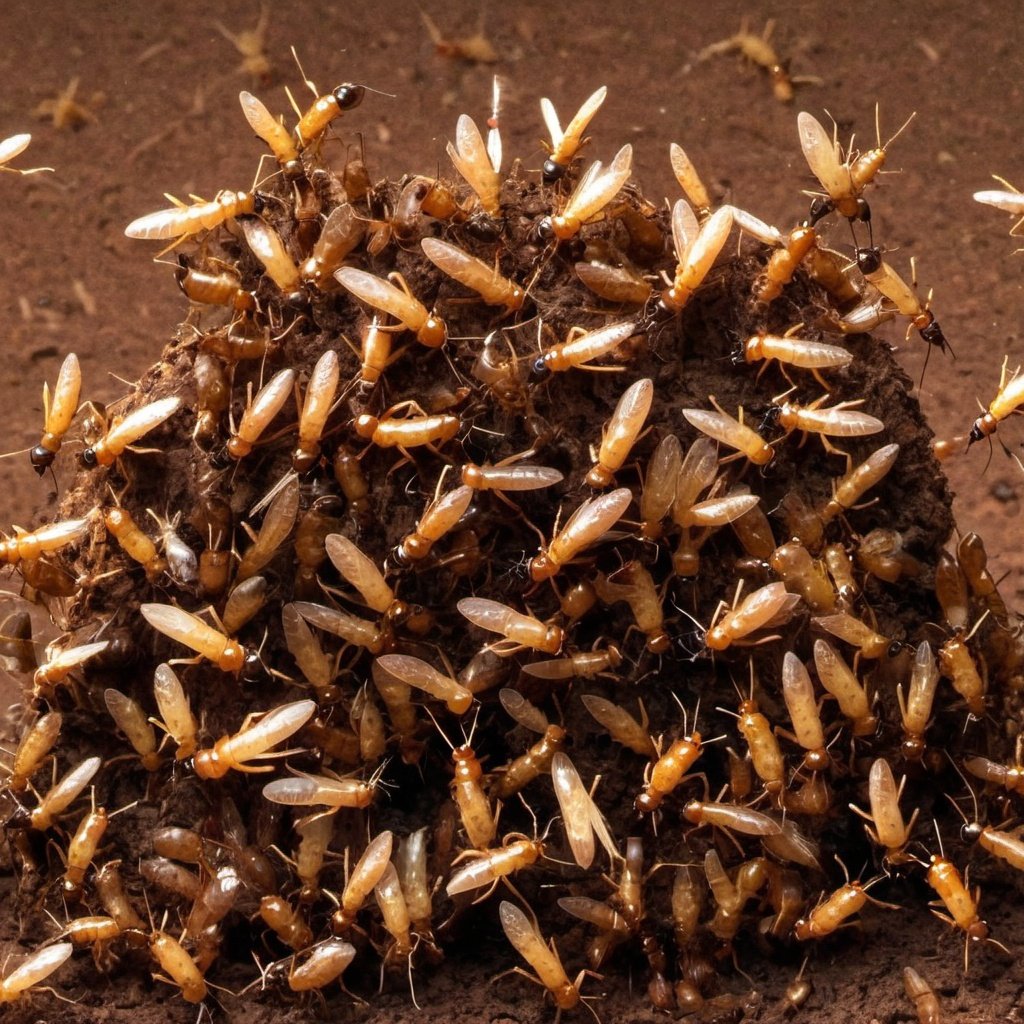Malaria is a terrible disease. This disease is second only to tuberculosis on the list of diseases with the highest death count. Its estimated that 800,000 people succumb to the disease every year, and ninety percent of them are in subsaharan Africa. With staggering statistics like these, its important to know how mosquitoes transmit malaria. Malaria is caused by the plasmodium parasite that is transmitted through bites by an infected mosquito.
Malaria can’t be spread person to person, but every time a mosquito bites an infected person, it becomes a carrier. Once the mosquito bites and infects a person, the parasite travels to the liver and causes an infection. As the infection grows, the parasite will move to the blood stream and infect red blood cells, where they grow and multiply. They multiply until the red blood cell bursts. Each time this happens, the infected person experiences chills and fever.
THE LIFE CYCLE OF THE MOSQUITO
Like many insects, the mosquito has four phases in its life cycle: egg, larvae, pupa and adult. In order do lay eggs, the female mosquito requires a blood meal for certain proteins required. She will lay her eggs in water, either directly on the water line, or slightly above it, depending upon her species. Once the water rises, it will cover the eggs and they will hatch, releasing the larvae. At this stage, they will feed on microorganisms as they molt and enlarge, going through a number of larvae stages.
At the end of the larva stage, the larvae will changes into a pupa. At this stage, it spends most of its time at the surface. It does not need to feed while in this state. Once the pupa has fully developed, it will emerge from the pupa as an adult. The lifecycle of the mosquito completes in about two weeks. The adults predominately depend on nectar for food, but the females need blood to lay eggs.
THE BITE ITSELF
The female mosquito primarily feeds on vertebra such as humans. They are attracted to body odors, carbon dioxide, and heat. Different species will have a different feeding time, often at dusk or dawn. The mosquito has tube like mouth parts that are called a proboscis. When the female lands on someone to bite them, she will plunge this proboscis through the skin to take the blood meal.
Glands in the proboscis that produce saliva will inject some of the saliva into the skin. This saliva has anticoagulants and anti inflammatories in it to keep the blood from clotting, trapping the insect on the skin. It’s this saliva that becomes the carrier for the plasmodium parasite. Once the body detects this foreign substance, the immune system will release histamine and cytokines that cause the itching and swelling as a method of removing the foreign substance.
SYMPTOMS AND TREATMENT
Most people can overcome malaria in about 10-20 days, but early detection is very important. The first symptoms a person experiences are headache, aching muscles and weakness or a lack of energy. In later stages, a person will experience fever and then, after a few hours, chills. The severity of the disease can also depend on which plasmodium parasite type they have been infected with. There are predominately five different types, and they each infect a different part of the world.
Malaria is a treatable disease if caught early. When traveling to a part of the world in which the disease is rampant, antimalarials may be taken to prevent infection. Scientists have been trying to develop a vaccine, but currently none is available. A vaccine creates an immunity indefinitely., but antimalarials must be taken daily while in an exposed area. See your doctor if you are traveling to any of these areas.
Mosquitoes are an important factor in travel. That is why it’s important to know how mosquitoes transmit malaria. If you are in need of an exterminator in the Tulsa or Broken Arrow area, feel free to Contact Us at TermMax Pest Control for a free estimate!


